Cars are equipped with sensors so they work properly. The more modern and techy the car gets, the more sensors it has. Every driver needs to have at least a basic understanding of these sensors just in case they need to replace or repair it in the future.
If you’re one of the unfortunate vehicle owners who have no idea as to what these sensors are, do yourself a favor by recognizing the ones Philkotse.com listed below:
1. Engine Speed Sensor
The engine speed sensor is responsible for measuring the rotational speed of your engine’s crankshaft. It measures this and displays it in RPMs. The crankshaft controls the timing as well as the fuel injection of the engine.
Not a lot of drivers know this but there are actually a lot of reasons that can cause your vehicle’s engine to stop suddenly. The engine speed sensor prevents that from happening.

The engine speed sensor is responsible for measuring the rotational speed of your engine’s crankshaft
>>> Read more: 3 things you need to know about car speed sensor.
2. Spark Knock Sensor
The spark knock sensor monitors the so-called “knocks” or also known as detonations that happen in the cylinder combustion chamber. Detonations can damage your engine very badly and it can even decrease your piston’s lifespan.
To avoid these two scenarios, a knock sensor is fitted on your vehicle’s engine block. It’s designed to recognize a misfire so it can adjust the fuel or ignition to make sure your engine does not detonate.
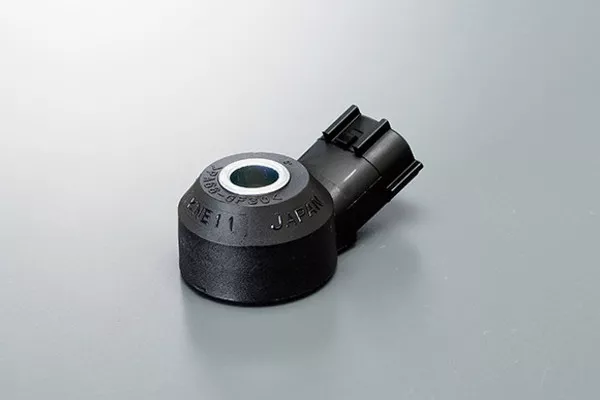
Different engine types may have a different number of knock sensors
Different engine types may have a different number of knock sensors. They are attached to your car’s engine block with a tough bolt. These are usually cheap so you best invest in them rather than wait for your engine or piston to develop damage – which is way more expensive.
3. Mass Air Flow Sensor
The MAF or also known as mass airflow sensor’s job is to measure the air that flows right into your vehicle’s engine. Car manufacturers often utilize a hot wire that is eventually cooled down by the air that flows into your engine.
It then converts this resistance to regular airflow mass and sends instructions and signals to the engine control unit.
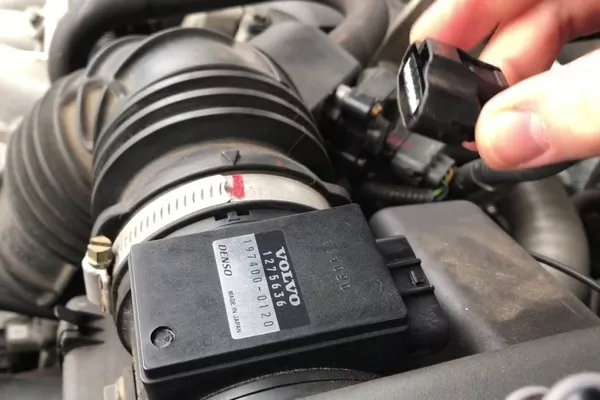
The mass airflow sensor’s job is to measure the air that flows right into your vehicle’s engine
If you’re curious as to the location of your vehicle’s mass airflow sensor, you can find it right on your engines air filter box. If you find something wrong with your vehicle’s MAF, you may need to allow a substantial amount of money for a replacement.
4. Camshaft Position Sensor
The camshaft sensor works by measuring the current position of your vehicle’s camshafts. There is usually one camshaft sensor that monitors each of your vehicle’s camshafts. This sensor monitors the position of the camshaft and lets the engine’s control unit know about its current position.
Every time your vehicle’s camshafts rotate once, the crankshaft makes 2 rotations. The camshaft sensors basically exist to enhance fuel economy.
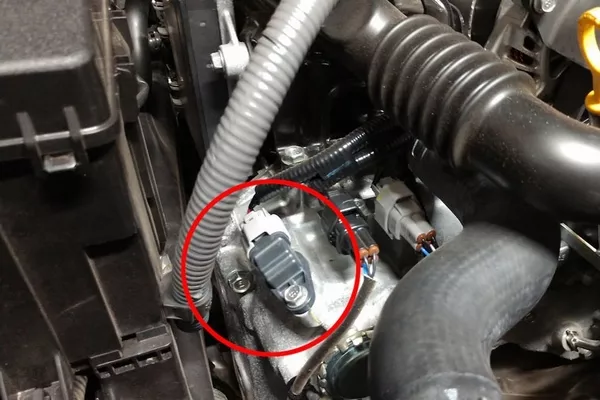
The camshaft sensor works by measuring the current position of your vehicle’s camshafts
These sensors are easy to replace so you can DIY the replacement at home if there’s a problem with the ones on your vehicle. However, some vehicle manufacturers position the camshaft position sensor inside the timing belt case. If yours is the same, then it may not be so easy for you.
Camshaft position sensors are usually affordable and you can get quality ones without breaking your auto-maintenance budget. Just make sure that you buy authentic items so you don’t waste your money.
>>> Also check: What does a car engine camshaft do?
5. Fuel Temperature Sensor
The fuel temperature sensor is pretty much self-explanatory because of its name. It measures the temperature of the fuel that’s currently in your tank. The fuel temperature could range from high to low and may even differ depending on how much fuel is necessary for optimal combustion.
The sensor works by detecting the current temperature first, then sends signals to the vehicle’s engine control unit. The engine control unit then gauges whether it needs to decrease or increase the amount of fuel in accordance with the detected temperature.
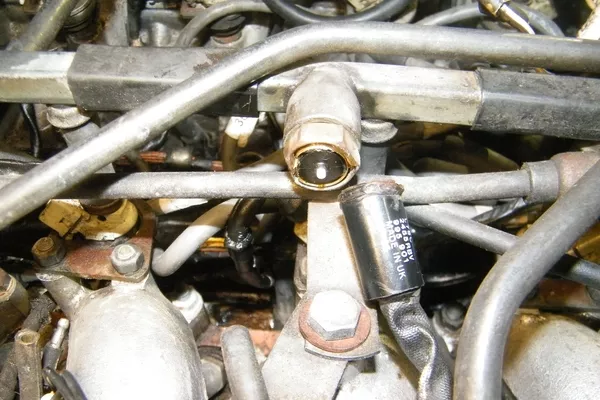
Fuel temperature sensor measures the temperature of the fuel that’s currently in your tank
If you ever want to look for the fuel temperature sensor in your vehicle, try searching for it right around the pressure fuel line. Depending on your vehicle’s make and model, you may also find it near the return line.
If you‘re having a few problems with your current fuel temperature sensor, we might as well tell you that its replacement is not cheap.
6. Voltage Sensor
The voltage sensor uses smart detection to measure the voltage in your vehicle’s electrical system. You can usually find this inside your control modules. This fact makes it impossible to replace.
So if you ever need to replace your voltage sensor, you’ll have to replace the whole control unit – which can be expensive in most cases.
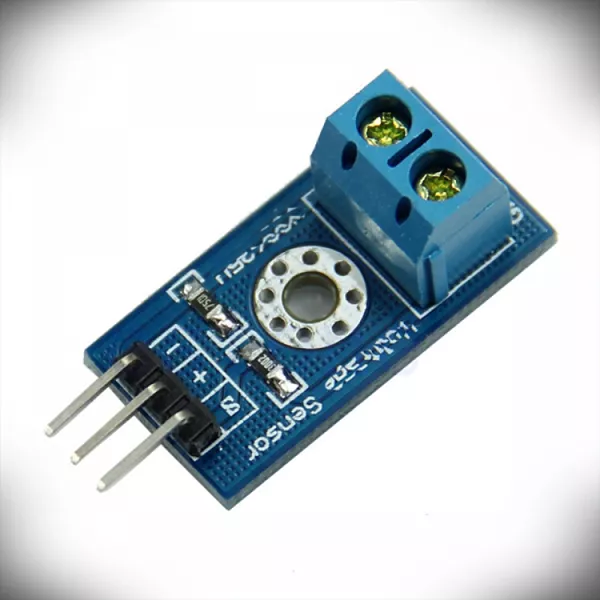
The voltage sensor uses smart detection to measure the voltage in your vehicle’s electrical system
7. Exhaust Temperature Sensor
The exhaust temperature sensor is usually fitted on to diesel engines. This measures the temperature of the exhaust to optimize your vehicle’s particle filter regeneration. Depending on your vehicle’s engine model, it can have 1 up to 4 exhaust temperature sensors inside.
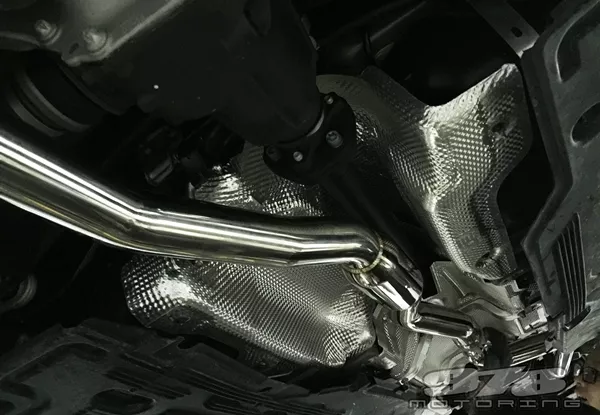
The exhaust temperature sensor measures the temperature of the exhaust to optimize your vehicle’s particle filter regeneration
You can find your car’s exhaust temperature sensor usually fitted at the exhaust pipe. Sometimes, it can also be in the exhaust manifold or turbocharger.
Exhaust temperature sensors are usually expensive and can also be hard to remove and replace if you don’t have the right tools.
8. Throttle position sensor
This sensor measures the particular position of your vehicle’s throttle body. As it measures the angle of the said part, it also measures the vehicle’s acceleration.
On rare occasions, this particular sensor is installed in the throttle body. This makes replacing the throttle position sensor alone an impossible task.
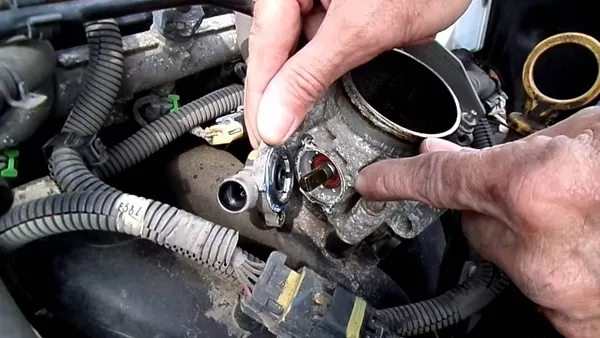
Throttle position sensor measures the particular position of your vehicle’s throttle body
Instead, you would have to replace the entire throttle body. Once you replace the throttle position sensor with a new one, you would have to make a few configurations and adjust the setting on the replacement sensors. The price of the sensor alone is quite affordable.
However, if your vehicle model doesn’t allow sensor replacement alone, you may spend more to replace the whole throttle body.
>>> Worth reading: 8 common signs of a bad throttle position sensor & how to fix it!
9. Coolant temperature sensor
This specific sensor is in charge of monitoring the coolant’s temperature. You can find it in the engine bay right around the coolant hose. If you can’t find it near the coolant hose, it’s more likely screwed on to the cylinder head. There can be a whole bunch of coolant temperature sensors in some vehicle models.
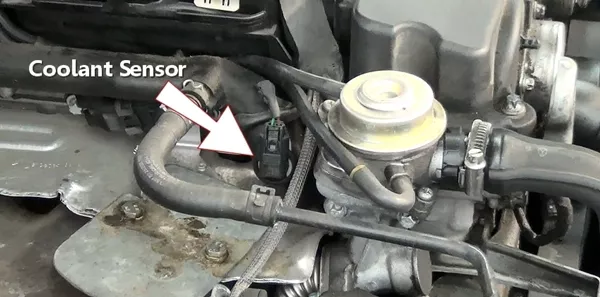
A coolant temperature sensor is in charge of monitoring the coolant’s temperature
However, a lot of the four-wheeled vehicles in the market usually have just one sensor for the cooling fan and another for the instrument cluster.
Recent posts
- 10 Must-know Car Engine Sensors Aug 09, 2022
- Can ECU remapping damage your car's engine? Nov 30, 2022
- What’s your Engine Oil Telling You? Nov 18, 2022
- Real car deal: 7 Pros & Cons of car Engine control unit (ECU) Jan 19, 2019
- How to choose the best parking sensor kit in the Philippines Aug 04, 2020












